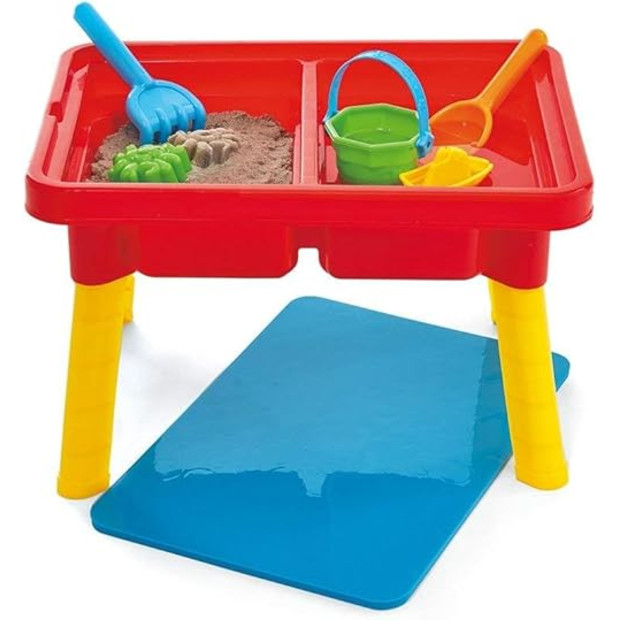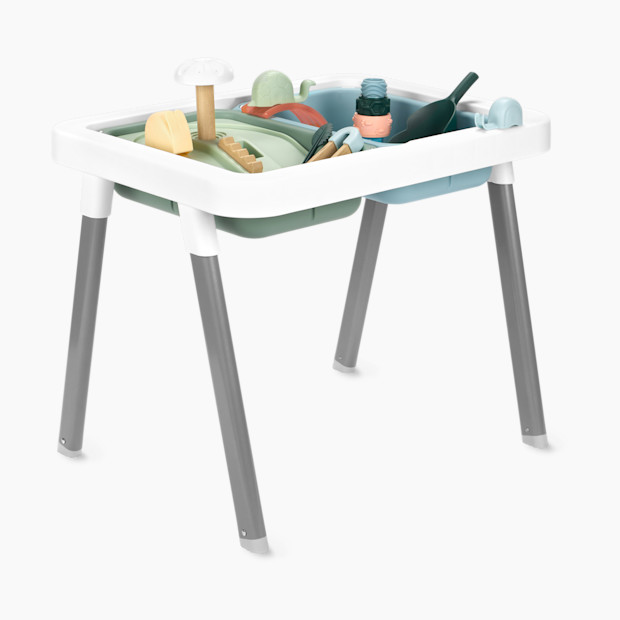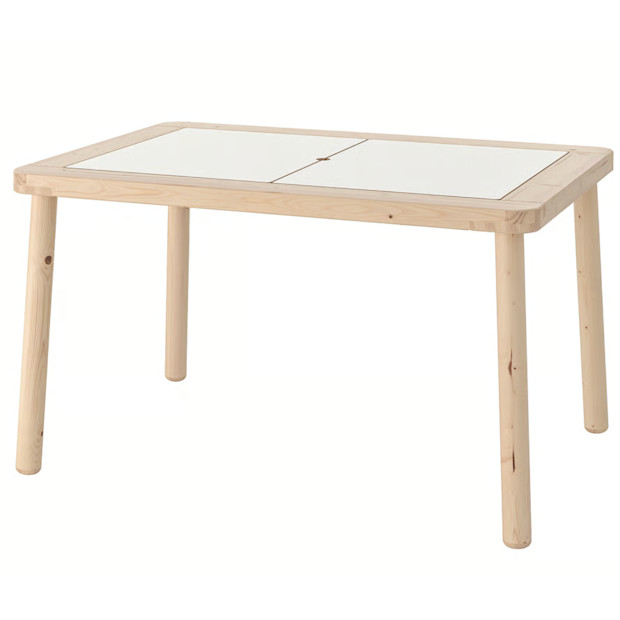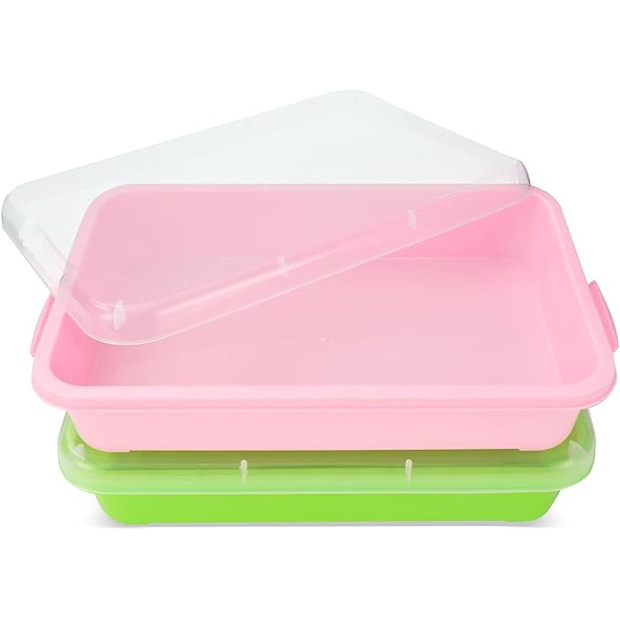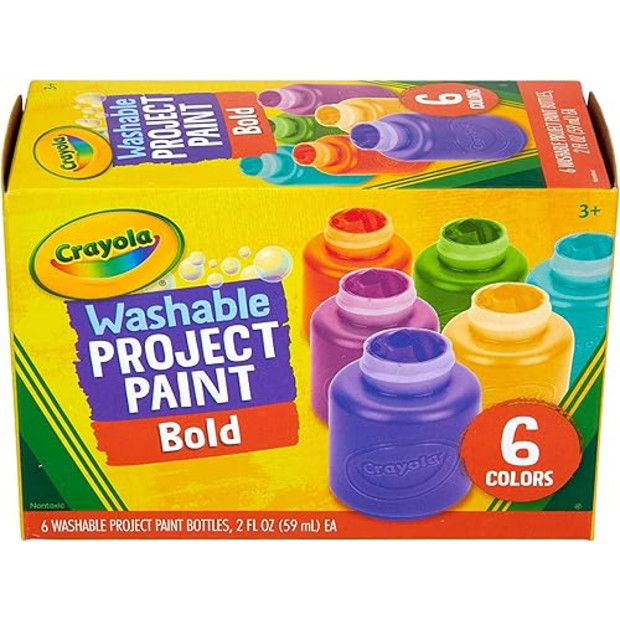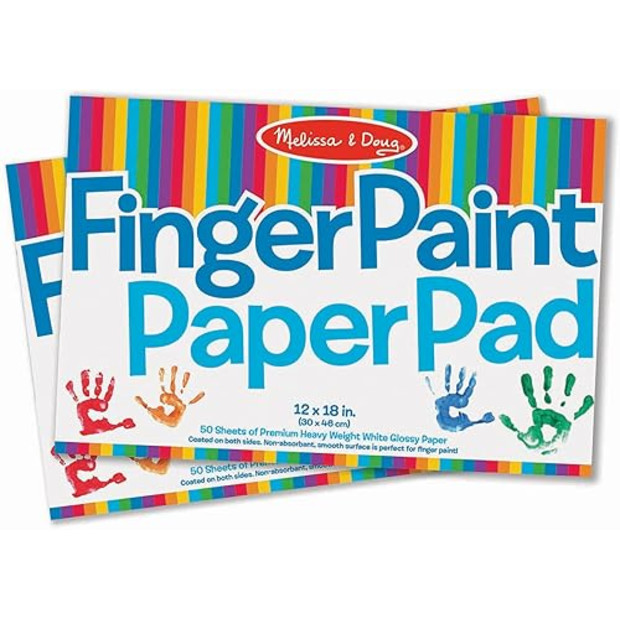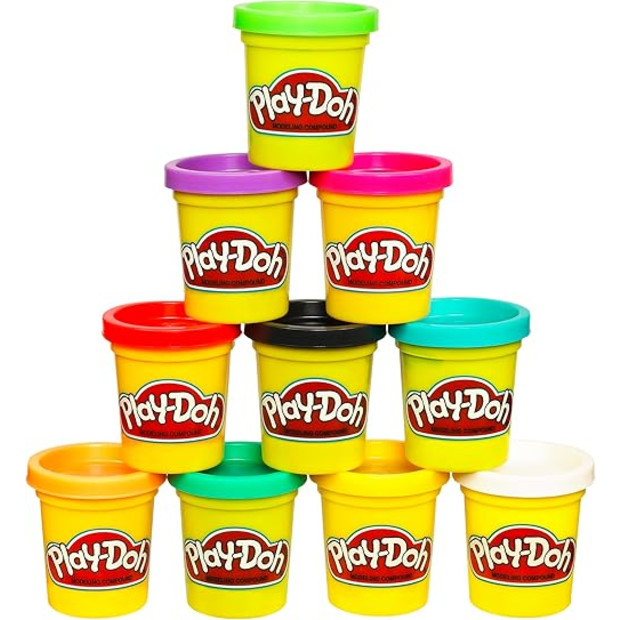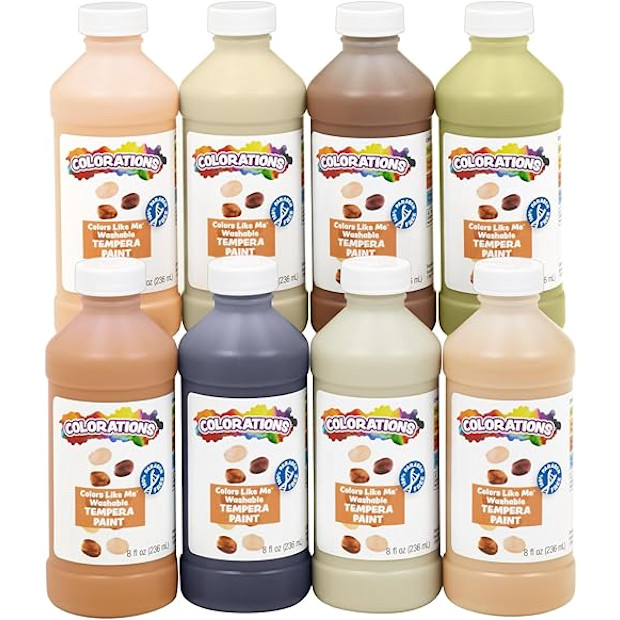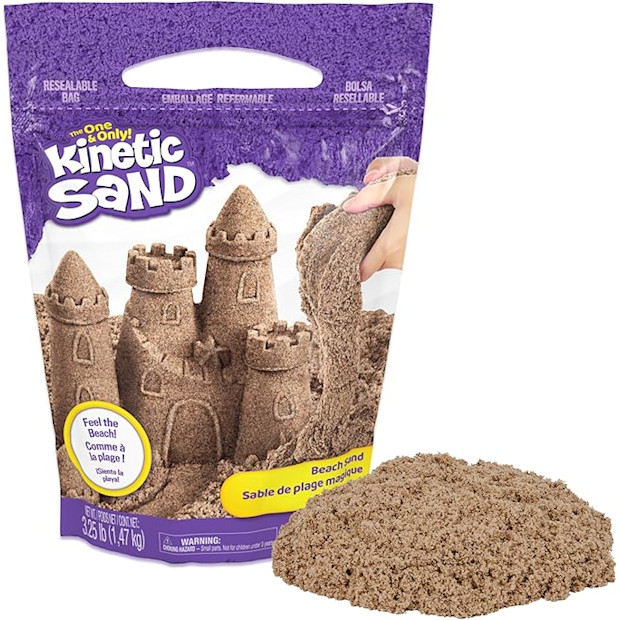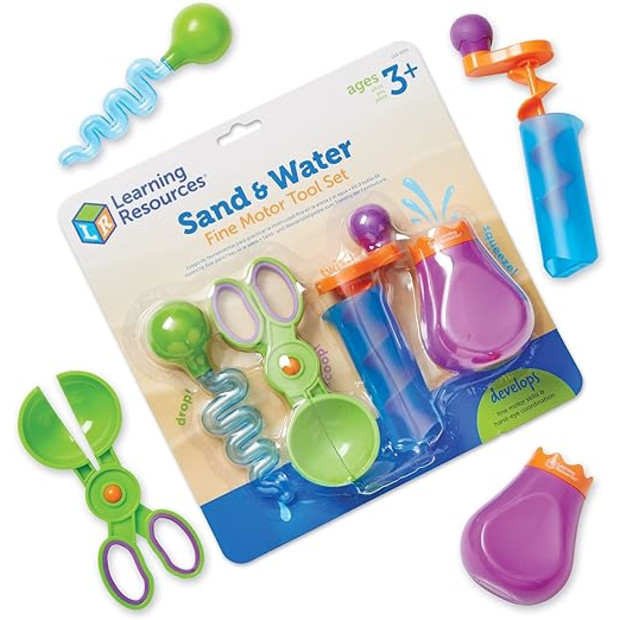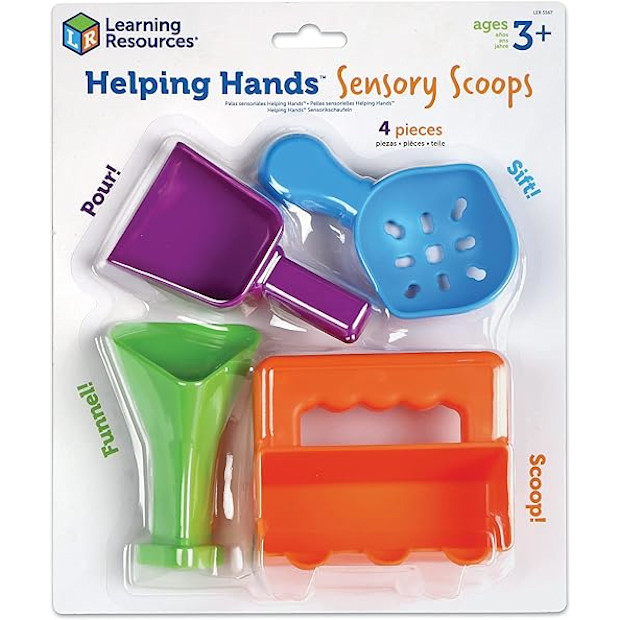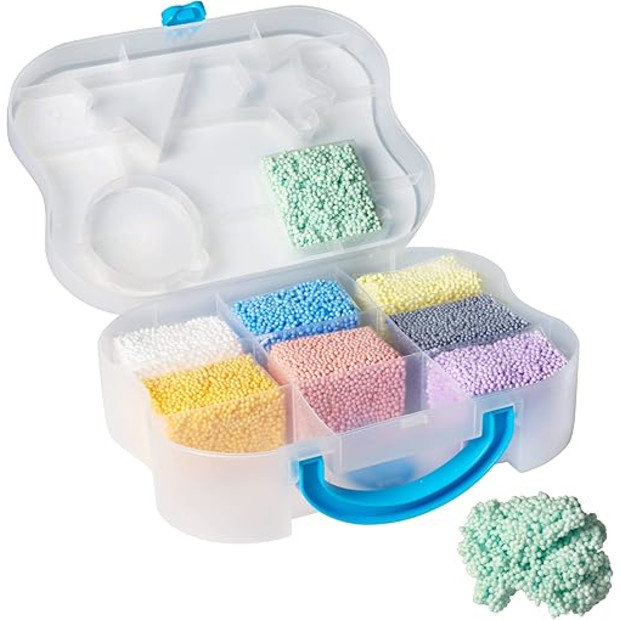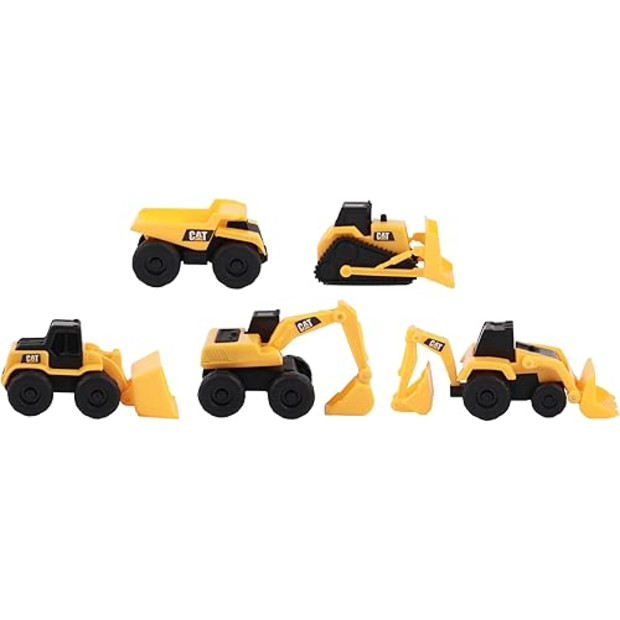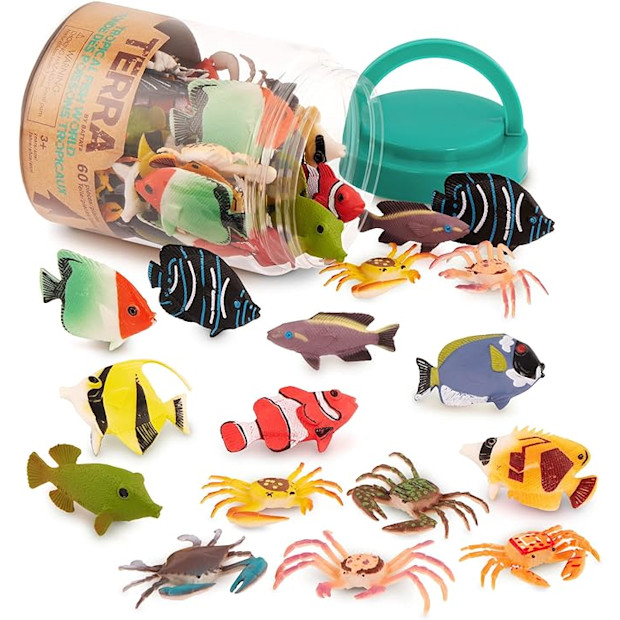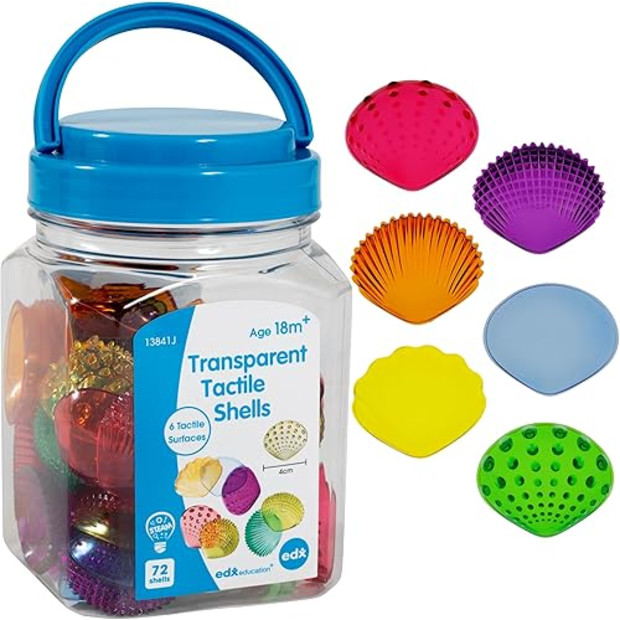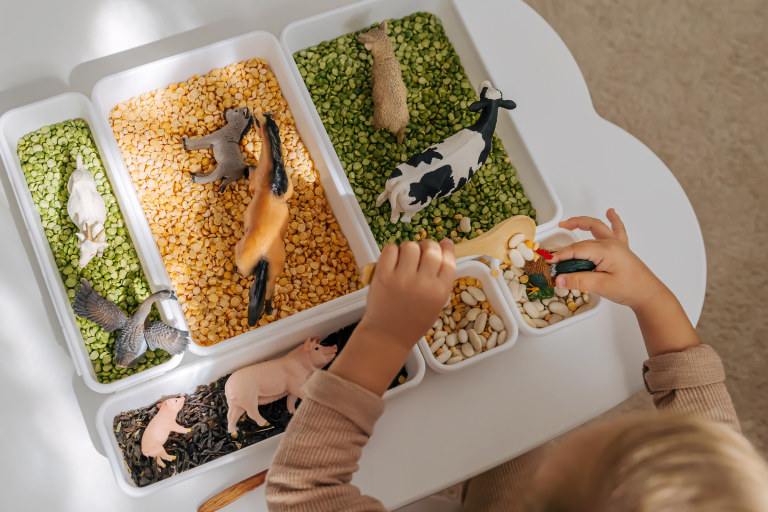
Why Sensory Play Is So Important for Babies and Toddlers (and How to Do It)
It keeps them busy, builds important skills and doesn’t have to be messy. Win-win.

In This Article
Sensory play is packed with developmental benefits and surprisingly simple to work into your baby’s daily routine. But what exactly is it—and why is it so valuable for babies and toddlers?
To get the scoop, we spoke with Lizzie Assa, a parenting educator with a master’s in education and the creator of The Workspace for Children. Through her website and Instagram, she shares approachable, creative ideas for sensory activities that parents, caregivers and teachers can try at home.
From sensory bins and water tables to finger paints and playdough, here’s what you need to know about how sensory play supports your child’s development—and how to get started.
What is sensory play and why is it important?
Sensory play is any kind of play that engages a baby or toddler’s sense of touch, smell, taste and sight. Body awareness and balance are also part of the sensory experience. “During sensory play, children learn using all of their sensory receptors, [meaning] they have about a million opportunities to learn,” Assa says.
The areas your little one engages while playing at the sensory bin or table lay the foundation for future learning. So when should you start?
Sensory play starts sooner than you may think, according to Assa. “Your baby is already engaged in sensory play from day one. When they are swaddled in your arms and you sing or chat softly, your baby is taking it in and using their senses. When you bathe your little one, they’re engaged in sensory play and learning,” she says.
She points out that it’s helpful to be aware of these rich sensory experiences that take place every single day. As your little one grows into toddlerhood, you can build on those experiences with simple sensory play opportunities that you create yourself.
The Benefits of Sensory Play
Boosts Brain Development
Sensory play strengthens neural connections by helping babies and toddlers explore cause and effect, problem-solving and early learning concepts like size, shape and texture.
Develops Fine and Gross Motor Skills
Activities like scooping, grasping or pouring materials like water, sand, dried cereal and clay supports both fine and gross motor skills, including coordination and control.
Encourages Language Growth
Describing what they see, feel or hear builds vocabulary and communication skills, especially when parents and caregivers model a rich, descriptive language.
Supports Emotional Regulation
Sensory activities can be calming, helping babies and toddlers self-soothe and manage big feelings through rhythmic motions like splashing, squeezing or swaying. Think of grabbing a handful of sand and slowly letting it stream down out of your hand. Sound relaxing? That’s the kind of calming effect sensory play can offer.
Fosters Curiosity and Creativity
The materials involved in sensory play are also open-ended, meaning there is tons of opportunity for exploration and imagination. It allows them to discover new ways to play and express themselves. “When children engage in sensory play, they are storytelling and delving deep into imaginary play. They’re engaging in child-led learning—and in my opinion, that’s the best kind!”
How to Set Up a Sensory Play Space
The two most important things to keep in mind when setting up sensory play are: keep it simple and use what you already have.
“In this world of Instagram and Pinterest, sensory play has become way more complicated than it needs to be, often leading parents and caregivers to feel overwhelmed,” Assa says. The truth is, you likely already have everything you need at home to start sensory play—no special purchases required.
The Sensory Play Formula: Base + Tools to Explore
Base
Start with a tactile material your child can safely touch and explore—always with adult supervision! (See below for some bins to put these materials in.) A few favorites include:
Water
Dry cereal, pasta, rice, oats or other grains
Kinetic sand
Bubbles
Play-Doh
Paint
“Mix-ins” or Tools
These are the items your little one can use to interact with the base. They encourage curiosity and fine motor development. Try things like:
Animal and dinosaur figurines
Car and construction vehicle toys
Scoops
Shape molds
Paint brushes or sponges
Once you have a base material and a few tools, the possibilities are nearly endless!
Sensory Play Ideas
Here are five easy sensory play ideas to spark your imagination. (and just a quick reminder—always keep an eye on your little one during sensory play.)
1. Water Bin Play
Fill a shallow bin with water and set out a few cups, scoops and bowls. This is perfect for even younger babies (just supervise closely!). As your child gets older, you can add in bubbles, toys like dinosaurs or dolls or even turn it into a pretend car wash.
2. Cereal or Grain Scoop Bin
Pour dry cereal, oats or rice into a bin, then add measuring cups, spoons or little bowls. Toddlers love to scoop and pour, and the textures are safe for younger kids who still explore with their mouths.
3. Play-Doh Creations
Homemade or store-bought Play-doh becomes even more fun with the right mix-ins. Give your toddler feathers, beads, buttons, dowels or small animal figurines to poke, press and shape.
4. Pantry Pasta Play
Got an expired box of dry pasta? Pour it into a large mixing bowl and place it in a bin with smaller pots, tongs or scoops. Toddlers can pretend to cook, serve and sort the different shapes—great for imaginative play.
5. Tub Painting
Turn painting into a mess-friendly experience by setting it up in the shower or tub. Tape paper to the wall, hand your kid some brushes and washable paint in small containers and let them explore. Cleanup is easy: just rinse everything off when they’re done.
The Best Sensory Play Materials
You don’t need to buy anything to start, but a few key items can be helpful if sensory play becomes part of your regular routine.
Expert Sources
Babylist uses high-quality subject matter experts to provide accurate and reliable information to our users. Sources for this story include:
Lizzie Assa, a parenting educator with a master’s in education and the creator of The Workspace for Children.

